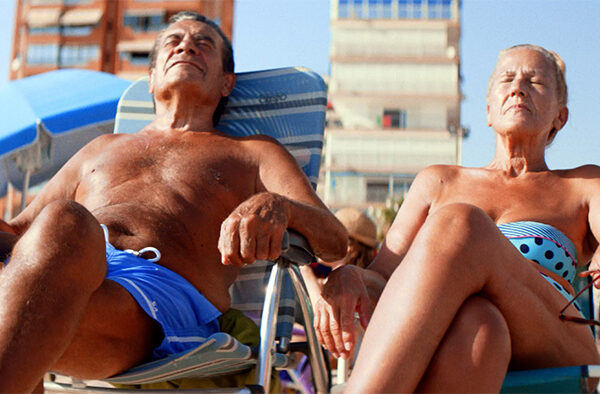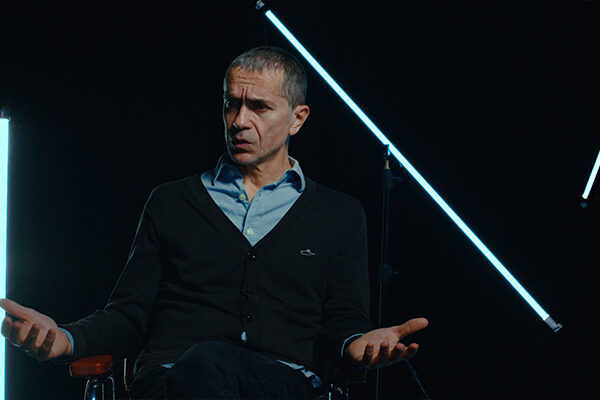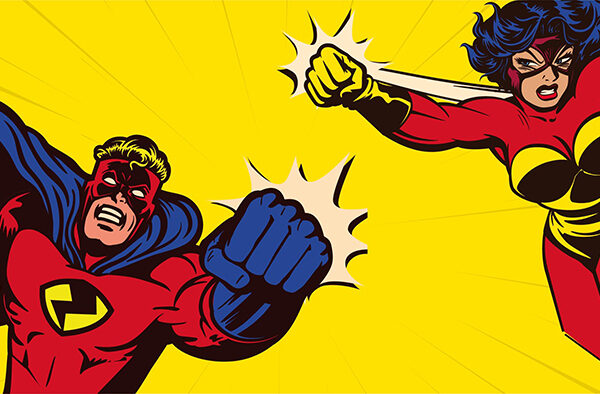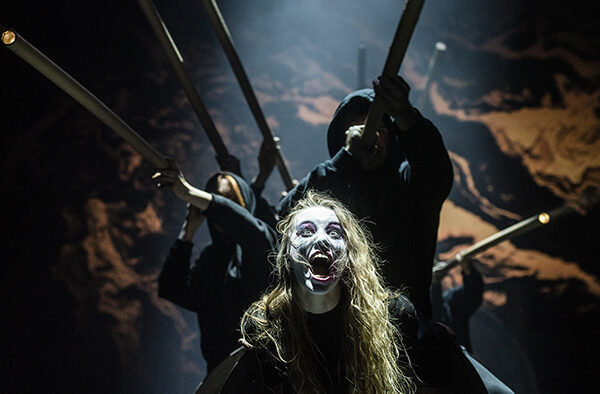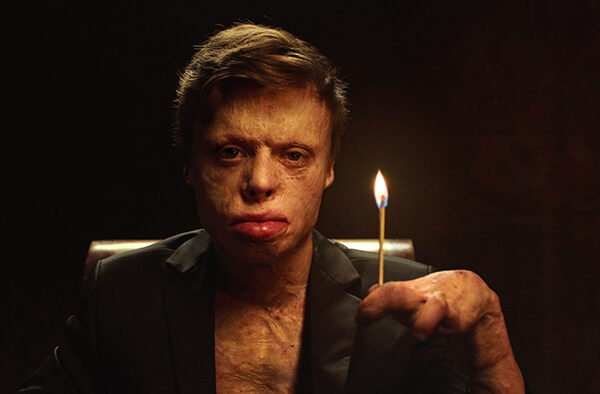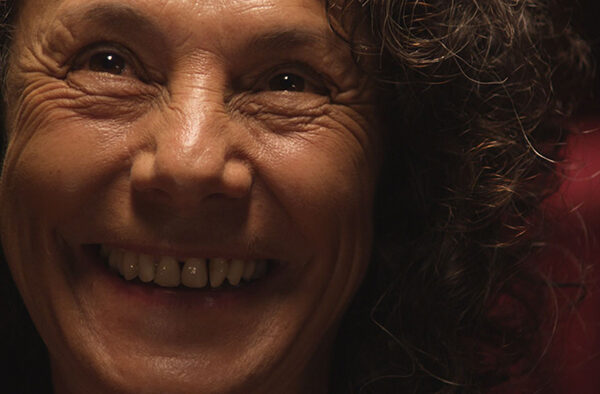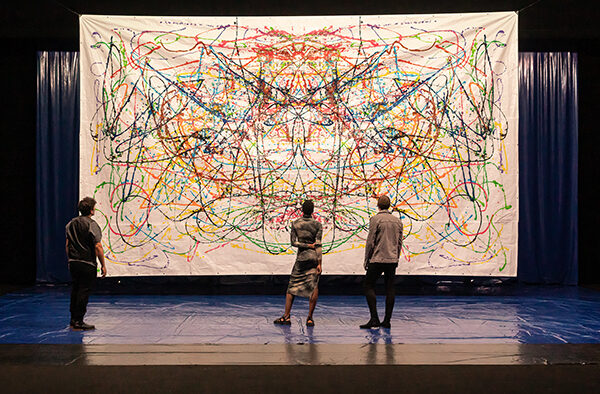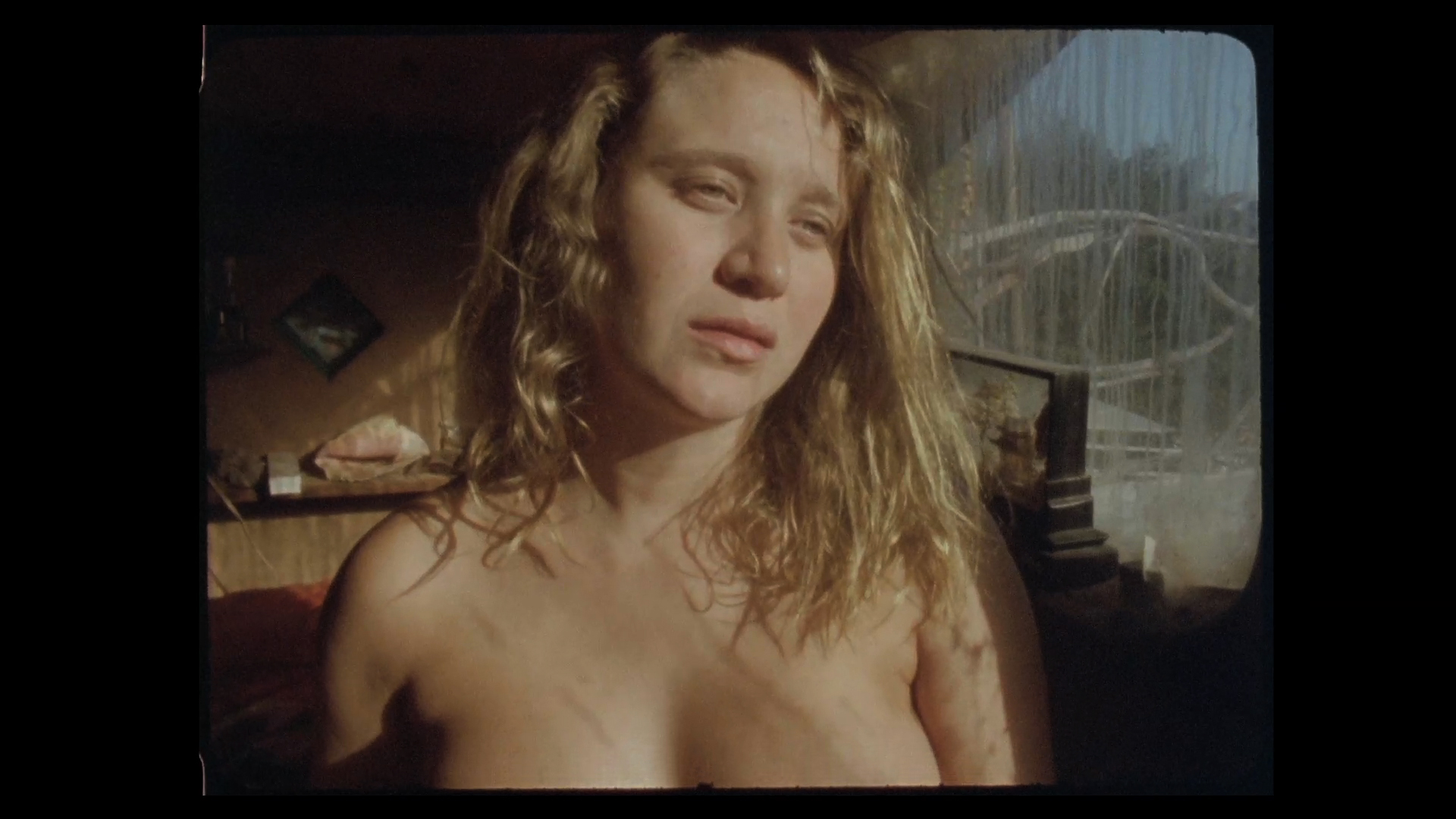
The latent voice
(first movement)
An actress, Raquel Ferri, gives birth. And an actress, Raquel Ferri, plays the night and day during which she gave birth.
Dreams can also be a matter of life or death. In this dream, the actress multiplies into different women, and prepares to give birth. And in some moment (from the past or the future) he relives the desires, the fears, the hopes, the friction of the bodies in transformation.
At the decisive moment of childbirth, real life and acting embrace and look into each other's eyes, just as it always does in our lives.
Access by professionals
With a deliberately dreamy tone, The latent voice explores the desires, fears and hopes of a woman at such a decisive moment in her life as childbirth.
Artistic team
Direction and assembly
Isaki Lacuesta
Performers
Raquel Ferri, Silvia Perez Cruz, Albert Ubach Font, Martí Ferri Ubach and Luna Lacuesta
photography
Adriana Villa Guevara
Camera Assistant
Pau Mira
Executive production
Isa Field
Changing room
Lorena Panea
laboratory
Cinelabs
Cinelabs coordination
Cornelia Pope
Kodak film
Alejandro Paino
Team Sílvia Pérez Cruz
Alex Sanchez and Albert Smiles
Music
The Womb (Silvia Perez Cruz / Sylvia Plath)
The latent voice
(first movement)
An actress, Raquel Ferri, gives birth. And an actress, Raquel Ferri, plays the night and day during which she gave birth.
Dreams can also be a matter of life or death. In this dream, the actress multiplies into different women, and prepares to give birth. And in some moment (from the past or the future) he relives the desires, the fears, the hopes, the friction of the bodies in transformation.
At the decisive moment of childbirth, real life and acting embrace and look into each other's eyes, just as it always does in our lives.
Access by professionals
Related Videos
The Pleasure Island
A dangerous idea has taken hold: Culture is only for entertainment. It's a luxury. Because from the outside this place looks like a sunny amusement park? Maybe we sold ourselves badly and cheaply. Can we change it or is it useless? It is urgent to point the gun at us. If we consider culture as pure entertainment we will be Pinocchio on the island of pleasure. Playing, sleeping and laughing as we turn into donkeys that no longer serve only to carry stones.
The Cave Vol. 3 Declan Donnellan
La Caverna is an audiovisual project where a series of artists who have been through Temporada Alta and linked to the festival reflect on their career, the performing arts and the world of creation, together with other artists, journalists and international personalities from the world of the culture
The Cave Vol. 2 Romeo Castellucci
La Caverna is an audiovisual project where a series of artists who have been through Temporada Alta and linked to the festival reflect on their career, the performing arts and the world of creation, together with other artists, journalists and international personalities from the world of the culture
XII Playwriting Tournament (Semifinal 2)
28/11/22
XAVI BUXEDA - VÍCTOR BORRÀS
The most anticipated match of Temporada Alta. Eight playwrights face the audience's verdict with the only weapon of the word. Each week two texts and four actors without technical requirements. Yaiza Berrocal, Víctor Borràs, Xavi Buxeda, David Mataró, Berta Prieto, Lola Rosales, Carla Rovira and Sergio Serrano are the participants of the twelfth edition of the Dramaturgy Tournament.
After four bouts, two semi-finals and a grand final, only one author remains who is declared the absolute winner. Let the show begin, authors in the ring!
#1 Based on true events
It's been years since reality entered the theaters and took over the stage. As has also happened with the rise of the essay in literature or the documentary in audiovisuals, creators and audiences have become interested in theater that speaks not only of reality but also of the present. Because? Do we need to understand the permanent crisis we live in? Has fiction distanced the theater from the spectator? Are we tired of the 'lies'? Is the theater the best space for collective reflection?
Classic texts are part of our tradition and are never missing from festival and theater programs. Now, in the middle of the 21st century, perhaps the time has come to consider how we read and represent them. What do we make of their misogynistic, racist, LGBTI-phobic, classist and more messages, a product of the times and contexts in which they were written and, above all, how do we offer them to new generations, both in theaters and classrooms ? We talk about adaptations, revisions and subversions, always with a feminist perspective and a bit of punk.
the fire
In an ideal setting, the theater is a place of collective reflection where anyone can be, one of the last spaces of freedom we have left.
If there is freedom in the theater, it should also exist in its advertising. And the most free advertising would be the one capable of questioning its own product and consumer.
The theater is only the flame, but it is the audience that must stir it.
High Season Spot 2011
This it's possible focuses on the audience and man's atavistic need for catharsis, emphasizing the long list of facial and body expressions that any audience makes unconsciously and mechanically. A fascinating visual experience where we will all see ourselves reflected.
speak of'a primary need of man now and in the past, which has always moved him to make theater inside prehistoric caves, later in the theaters of Greece and up to the present day.
XII Dramaturgy Tournament (1st Battle)
10/10/22
DAVID MATARÓ - SERGIO SERRANO
The most anticipated match of Temporada Alta. Eight playwrights face the audience's verdict with the only weapon of the word. Each week two texts and four actors without technical requirements. Yaiza Berrocal, Víctor Borràs, Xavi Buxeda, David Mataró, Berta Prieto, Lola Rosales, Carla Rovira and Sergio Serrano are the participants of the twelfth edition of the Dramaturgy Tournament.
After four bouts, two semi-finals and a grand final, only one author remains who is declared the absolute winner. Let the show begin, authors in the ring!
#2 Contemporary creation
Labels always cause problems, especially when we want to label things that are difficult to label. Stage installations, the theater of objects or the so-called "theatre without theatre" are described with terms such as contemporary creation, new dramaturgies, multidisciplinary, hybrid... But the fact is that the performing arts are not always, by definition , contemporary, multidisciplinary and hybrid? We talk to three pairs of creators who have a lot to say on the subject. And that, in addition, they put on fantastic shows.

